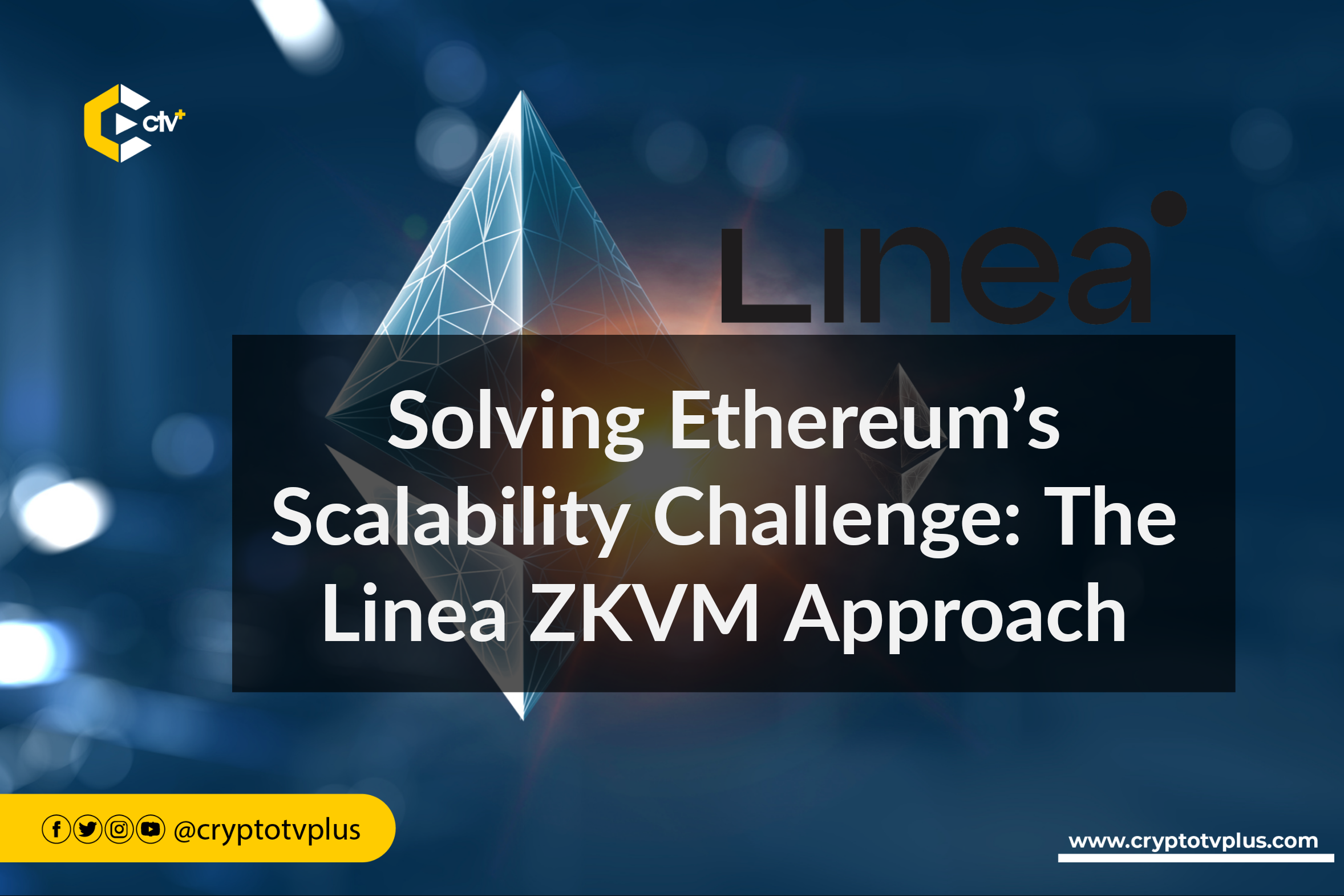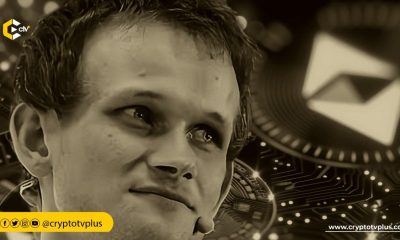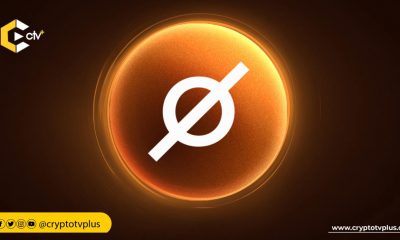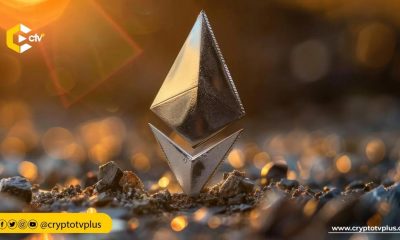FEATURED
Solving Ethereum’s Scalability Challenge: The Linea ZKVM Approach

Scaling the Ethereum blockchain remains an ongoing challenge that Web3 developers are continuously working on. Linea, a blockchain being developed, is one of such solutions that promises to utilize the Layer 1 ability of the Ethereum chain to provide scalable solutions for users in the industry.
Speaking at the ETHCC Paris, Franklin Delehelle, Research Engineer, speaker discusses the technical underpinnings of Linear, ConsenSys’ Level 2 ZK roll-up solution for Ethereum. In addition, he explained the concept of ZK roll-ups and how Lineaaims optimize and scale the Ethereum blockchain.
Explaining what Linea is, he said that it is a Level 2 ZK roll-up solution, which means it optimizes and scales the Ethereum blockchain by moving the execution of transactions from the Ethereum mainnet to Layer 2.
The execution of transactions, settlements, and state handling are separated into modular blocks in Layer 2. After executing these transactions, cryptographic proof of the correct execution is generated and published on Ethereum’s Layer 1.
He added that, as a Type 3 ZK roll-up solution, Linea is currently not fully compatible with Ethereum’s mainnet. However, the roadmap includes transitioning to Type 2, which would enable Linea to prove the integrity of Ethereum’s API and have similar gas calculations between Layer 2 and Layer 1.
Franklin also went ahead to say that while developing and implementing the ZK Virtual Machine (ZKVM) for Linea presents several challenges as the Ethereum Virtual Machine (EVM) is a complex system with interdependent parts that are not easy to provably modernize, Linea offers cheaper transactions and increased transaction throughput, leading to reduced network congestion. For developers, Linea provides compatibility with existing code written in Solidity or other languages, allowing seamless reuse.
Arithmetization and State Manager on Linea
To further explain how Linea works, Olivier Begassat, Senior Qualitative/Quantitative Researcher, and colleague of Franklin, explained how Linea’s arithmetization involves two components: constraints and trace production.
Constraints are equations representing the EVM’s execution, while traces are large matrices used for cryptographic proofs. The EVM’s complexity is managed through modularization, and constraints are expressed in a Lisp-like language.
He added that the State Manager in Lineauses MiMC hash functions and a sparse Merkle tree to handle state representation differences from Ethereum. The Prover is a complex component responsible for producing succinct cryptographic proofs.
To handle large traces, Linea uses the Vortex proving system with reduction and compression steps, making the proofs compatible with the Ethereum mainnet for verification and publication.
In conclusion, Franklin’s explanation sheds light on the technical complexities involved in developing Linea, ConsenSys’ Level 2 ZK roll-up solution for optimizing Ethereum’s scalability. The arithmetization, state manager, and prover work in tandem to achieve the goal of faster and more cost-effective transactions on the Ethereum blockchain.
Read also; Future of Cross-Chain Bridges: Challenges & Opportunities – Expert Insights
























